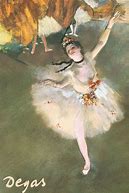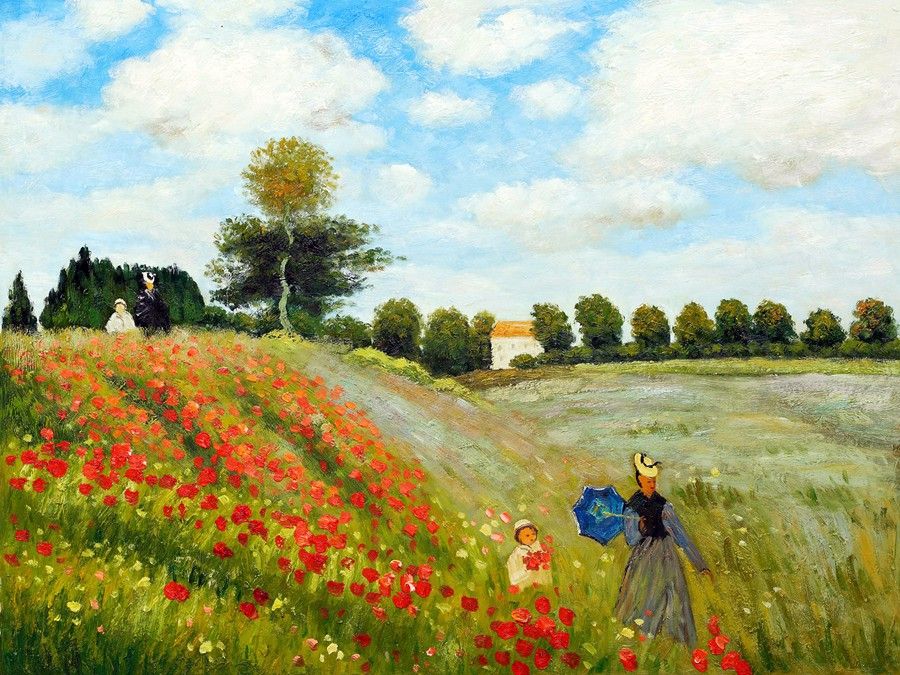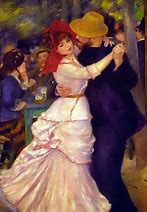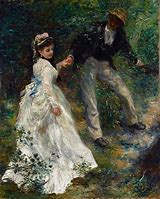FRIDAY 26TH SEPTEMBER AT 18.00 THE IMPRESSIONISM AND THE LIGHT
The impressionism is an art movement across Europe that changed the way we perceive the light, the light became the subject of the paintings.
The Academy was at this time dominated by the great Neo-Classical painter Ingres, who insisted that everyone must more or less follow his example, with its strong emphasis on the formal organization of a picture …copying the masters and drawing objects and human models with a hard clear line. A career in art, while not wholly impossible, could prove extremely difficult for painters who would not follow this line and submit to the ideas of the Academy.”Impressionism, p.6, p.3
It was a lot for young artists, still students or just starting out on their careers, to rebel against. And none of the Impressionists-to-be started in revolt against the academic establishment. Indeed, most of them may be said to have fought as long as possible against being rebels, and to have given in to the idea of rebellion only when there seemed to be no other way. The most mature of them, Eduard Manet, came of a prosperous Paris family and sought wordy success in the conventional way, studying under one of the beaux-Arts painter-instructors…for six years and aiming directly at success in the Salon, which in 1861 he achieved with his Spanish guitar player.” Impressionism, p.6
“It is exactly after a Claude Monet painting, which had the title of “Impressions” (picture 156), very criticised by the public, where it is found the origin of the “impressionists”, word of derision at the beginning for those which followed the example of Monet “Sunrise”, which was rejected and currently used for any variety of topics, according to the style of this painting, even it was not of the same genre.”
The Art in the new Age, p. 318, p. 1
“The impressionists, precisely, mix the least possible in their palette, and apply directly upon the canvas the major quantity of existing colours in the composition of the sun light. The technique in obtaining the secondary or tertiary colours consists in producing the wished effect by the justaposition of pure brush strokes which produced what is called “the optic mix”, because the composition is done by the eye of the spectator. For example, instead of mixing red with green in the palette, what once applied, will give a heavy grey, in impressionism a bright grey will be obtained, applying yellow colour and mauve by small points, what at distance will give a pearled grey effect.”
The Art in the New Age, p. 318, p. 6
“Thus was born the idea of putting on a show of their own. Monet, ever the rebel, seems to have been the one to push the idea through, and the more practical and diplomatic Pissarro the one who did most of the detailed organising. …The document which made it official was dated 27 December 1873. Among the founders members were Monet, Pissarro, Degas, …, Renoir, Sisley, and Berthe Morisot.”
Impressionism, p.14, p.3




